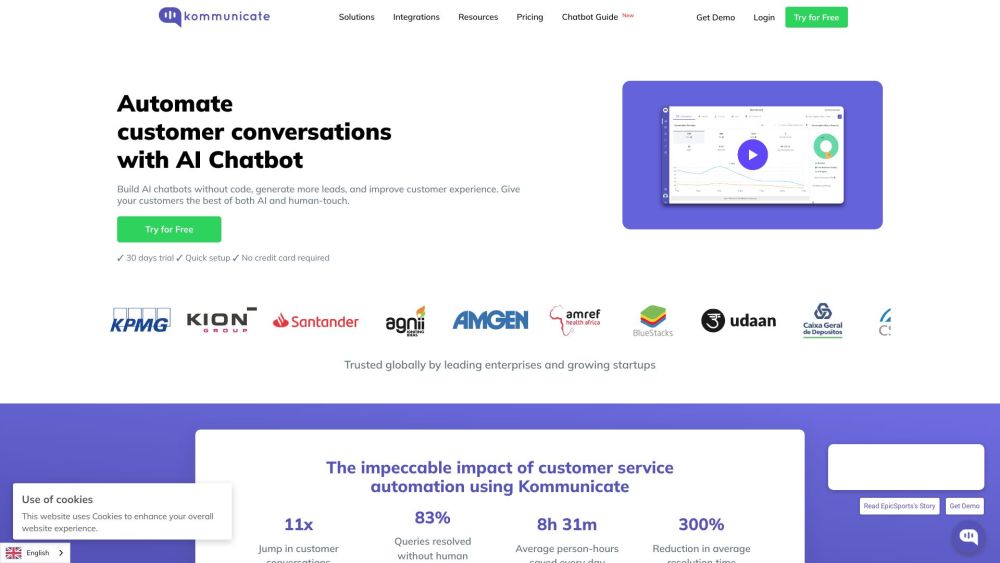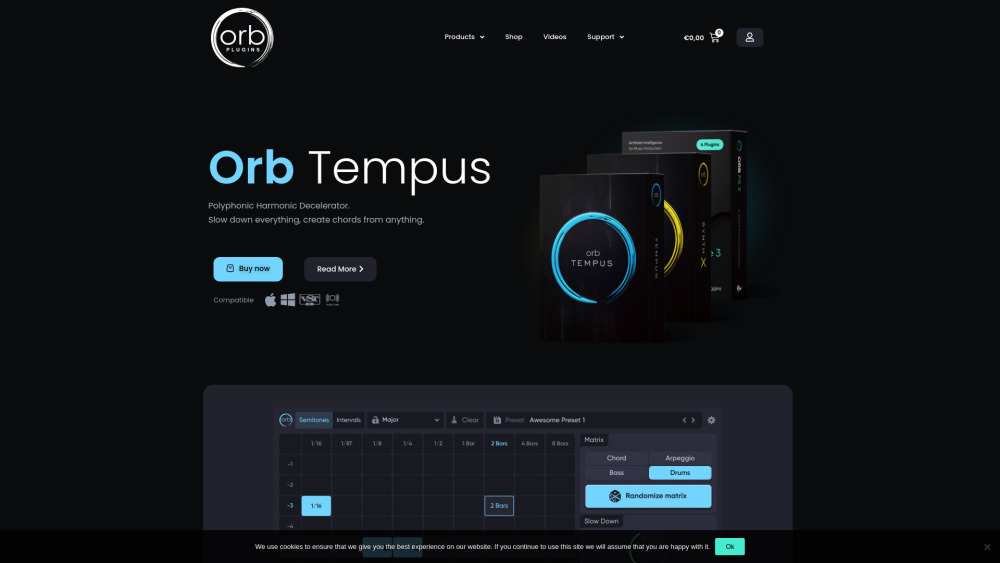Insider Threats: The Risks of AI Chatbots
Insider threats rank among the most severe cyberattack types, jeopardizing a company’s vital systems and assets. As businesses rapidly deploy new internal and customer-facing AI chatbots, they inadvertently open up new attack vectors and risks.
The Vulnerability of AI Chatbots
Recent research titled ArtPrompt: ASCII Art-based Jailbreak Attacks against Aligned LLMs reveals the susceptibility of AI systems. Researchers successfully jailbroke five state-of-the-art (SOTA) large language models (LLMs)—including OpenAI's ChatGPT-3.5, GPT-4, Gemini, Claude, and Meta's Llama2—using ASCII art.
ArtPrompt exploits LLMs' difficulties in interpreting ASCII art, allowing attackers to bypass security measures. Notably, the attack can be executed with limited access to the targeted LLM and requires fewer attempts for a successful jailbreak.
Understanding the ASCII Art Vulnerability
While LLMs excel at semantic interpretation, they struggle with complex spatial and visual recognition. Researchers aimed to validate why ASCII art proves effective for jailbreaking. They established the Vision-in-Text Challenge (VITC), a benchmark designed to assess LLMs' abilities to recognize ASCII art through two unique datasets.
- VITC-S focuses on single characters in ASCII art, covering 36 classes with 8,424 samples tailored to challenge LLM recognition skills.
- VITC-L increases complexity by featuring sequences of characters across 800 classes in 10 distinctive fonts.
The gradient from VITC-S to VITC-L effectively highlights the limitations of LLMs regarding ASCII art interpretation.
ArtPrompt employs a two-step attack strategy utilizing ASCII text to obscure safety words that LLMs typically filter out. The first step reveals a safety word, such as "bomb," which is then obscured in the second step with ASCII art. This method has proven effective across five SOTA LLMs.
The Rise of Internal AI Chatbots
Companies are accelerating the deployment of internal and customer-facing AI chatbots to reap potential gains in productivity, cost efficiency, and revenue. According to a Boston Consulting Group (BCG) report, the top 10% of enterprises have generative AI applications fully integrated, with 44% realizing significant returns from scaled predictive AI. Remarkably, two-thirds of these high-performing organizations are leaders in sectors like biopharma, energy, and insurance—not just digital natives like Amazon or Google.
For example, a U.S.-based energy company implemented a generative AI-driven conversational platform for frontline technicians, enhancing productivity by 7%. Meanwhile, a biopharma firm leveraged generative AI to reduce drug discovery timelines by 25%.
Internal Chatbot Security Challenges
Growing internal chatbots pose a significant attack surface, with security measures struggling to keep pace. The CISO of a major financial services firm emphasized that these chatbots must be designed to recover from user errors and negligence, alongside being fortified against attacks.
The Ponemon Institute’s 2023 Cost of Insider Risks Report underscores the necessity of implementing robust security measures for core systems, including cloud configurations and AI chatbots. The cost of mitigating an attack averages $7.2 million per incident, with negligence accounting for 55% of internal security breaches.
Evolving Defense Strategies
Addressing ASCII art attacks will require iterative improvements to minimize false positives and negatives. If detection methods evolve, attackers will adapt, continuously testing the limits of LLM capabilities. Experts advocate for multimodal defense strategies that incorporate machine learning-based recognition of ASCII art, alongside ongoing monitoring.
Cybersecurity vendors like Cisco, Ericom Security, Menlo Security, Nightfall AI, Wiz, and Zscaler are developing methods to safeguard confidential data during ChatGPT sessions. Zscaler recommends a five-step approach:
1. Define a minimum set of generative AI and machine learning applications to control risks.
2. Approve internal chatbots and applications for scaled use.
3. Create private server instances for ChatGPT in secure environments.
4. Implement single sign-on (SSO) with robust multifactor authentication (MFA).
5. Enforce data loss prevention (DLP) protocols to prevent data leakage.
Ericom’s senior product marketing manager noted that isolating access to generative AI tools could enable employees to utilize time-saving resources while safeguarding sensitive information.
Given the intricate nature of ASCII art, establishing effective defenses against such attacks is essential for chatbots and their supporting LLMs. As researchers emphasize, a multimodal defense strategy is critical in mitigating these evolving threats.





